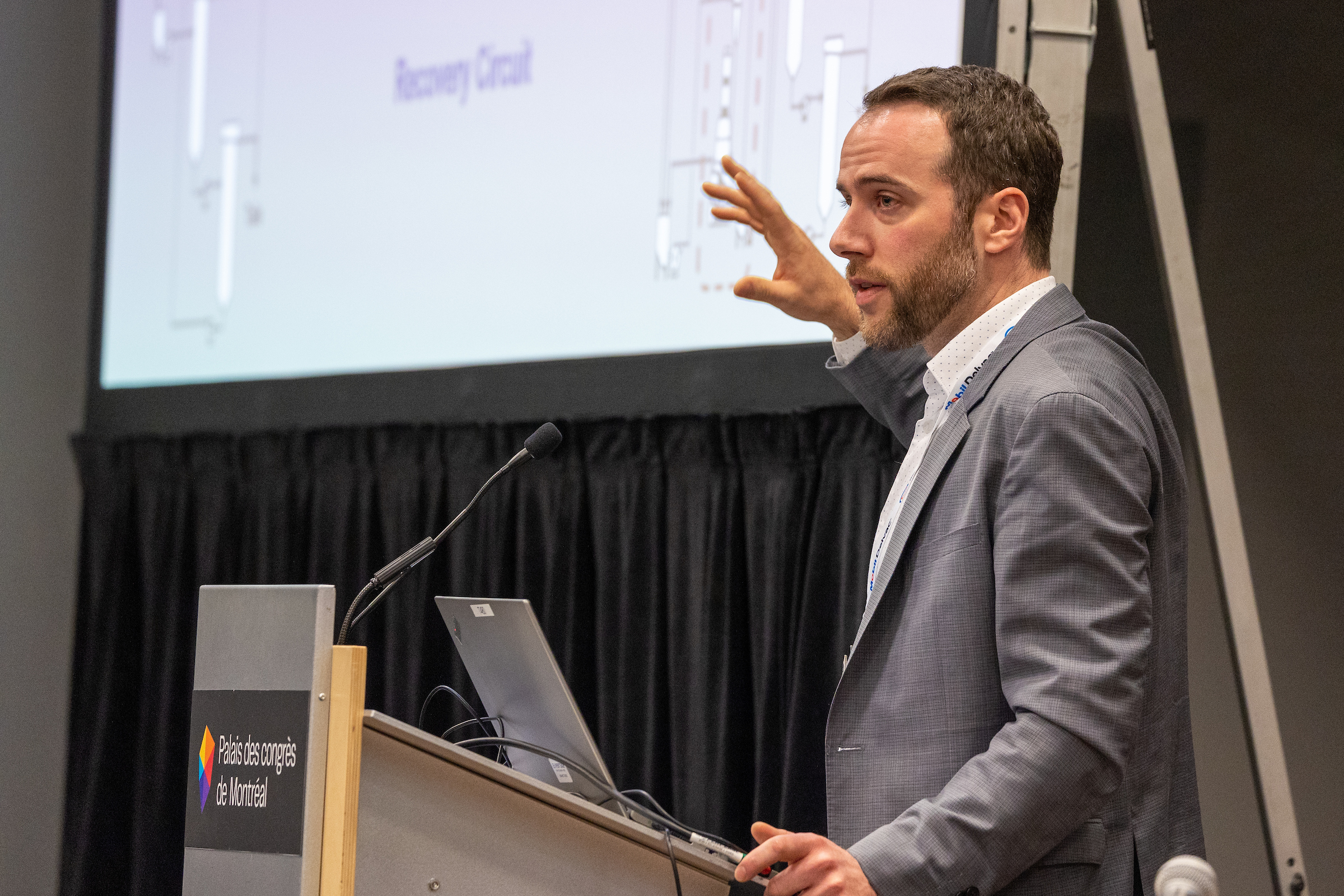Montreal
May 5 - 7
Technical Program
AI-generated transcripts and audio for simultaneous translation in session rooms will be available in French and English, making it easier for everyone to engage.
Special Programs
Canadian Mining Education Forum
Monday | May 5 |14:00 | Room 511A
AI in Mining: Coping with the transformation
Women In Mining Panel
Tuesday, May 6 | 15:30 | Room 511A
Women's Leadership in the Mining Industry: Challenges, Journeys, and Future Perspectives
Innovation Exchange Series
Tuesday, May 6 & Wednesday, May 7 | Room 516A
New this year, engaging presentations and panels will showcase how leaders turn their vision into tangible outcomes.
Register Today
These sessions will provide actionable insights for overcoming the industry's biggest challenges.
- 270+Presentations
- 19Panels
TECHNICAL TOPICS
Urbanisation & Energy Transition
Explore the intersection of urban growth and sustainable energy solutions.
Digital Maturity & Transformation
Chart the path to digital excellence and transformative innovation.
Innovation & Best Practices in Mining: Operations & Processing
Uncover groundbreaking methods and exemplary practices in mining operations and processing.
Sustainability & Culture
Foster a culture of sustainability for enduring impact and growth.
Partnership & Community Engagement
Build strong partnerships and connect with communities for shared success.
Investment & Financing to Meet the Energy Transition
Secure investments and financing to drive the energy transition.
Geological Innovations for Sustainable Mineral Exploration
Innovate geological methods for sustainable mineral exploration.
Water & Environment
Protect water resources and the environment through best practices.
Key Dates
- March 21: Email confirming the date and time of your scheduled presentation
- March 28: Presenters’ registration deadline
- May 3: Presentation recording deadline (not mandatory)
- May 3: Technical paper upload deadline (not mandatory)

